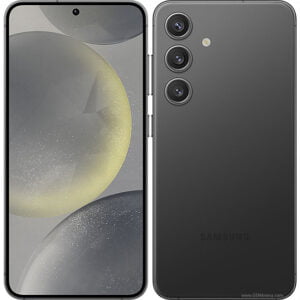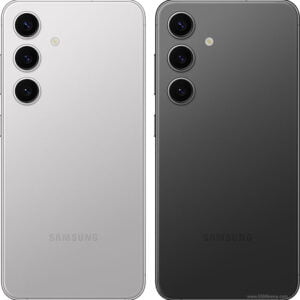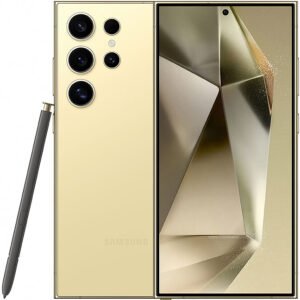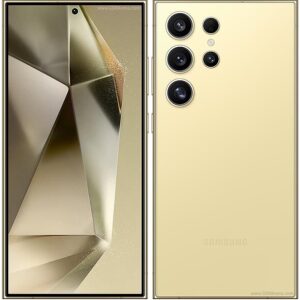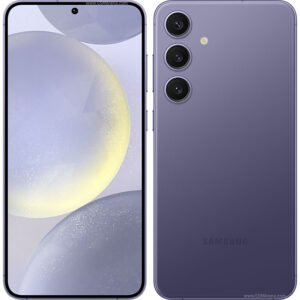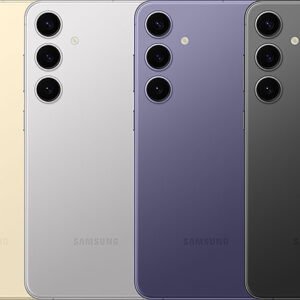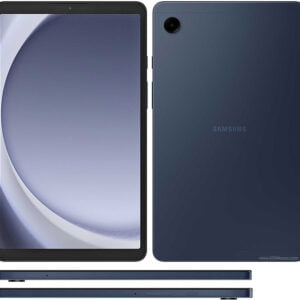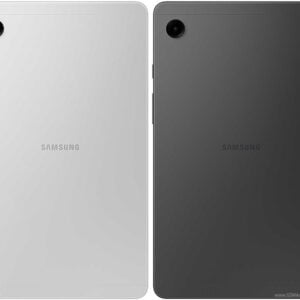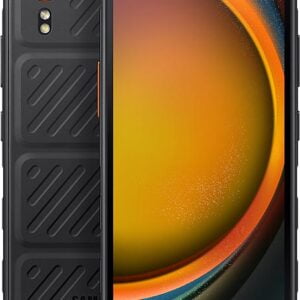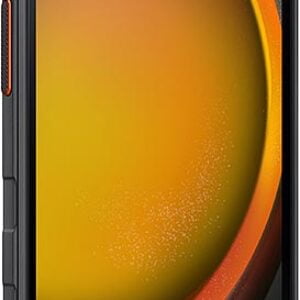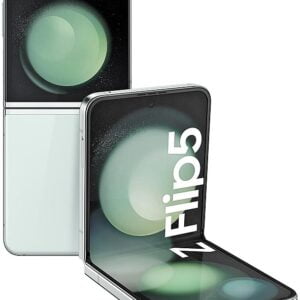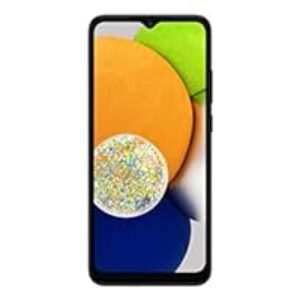Proximity
Proximity, in the context of electronic devices like smartphones, refers to a sensor that detects the presence of nearby objects or surfaces without physical contact. The proximity sensor works by emitting infrared or electromagnetic radiation and measuring the reflection or changes in the emitted signal.
The primary function of a proximity sensor in smartphones is to detect when the device is close to the user’s face during a call. When the phone is held to the ear, the proximity sensor triggers the display to turn off to prevent accidental touches and conserve battery life. This feature is commonly known as “proximity detection” or “proximity sensing.”
Proximity sensors also have other applications, such as detecting nearby objects for gesture recognition, adjusting screen brightness based on ambient light levels, and triggering actions or events based on proximity to specific objects or areas. Overall, proximity sensors enhance user experience and improve the functionality of electronic devices.
Showing 1–12 of 386 results





